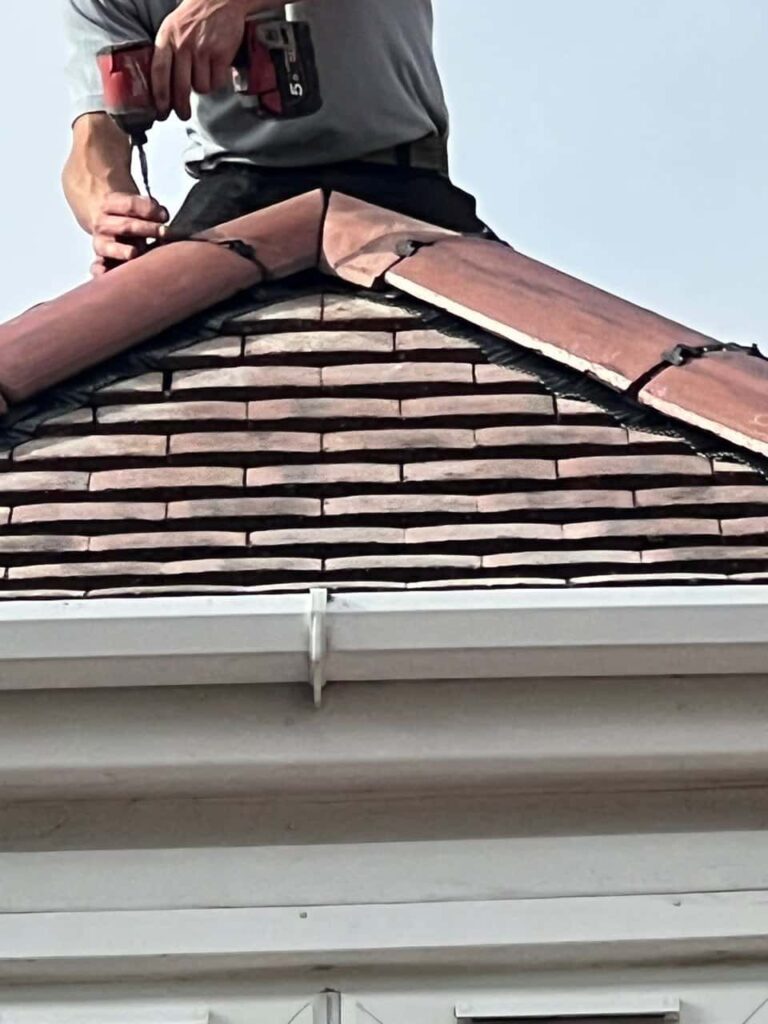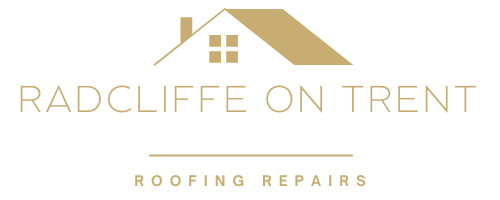Introduction: Lead flashing is a crucial component of your roofing system, serving as a barrier against water infiltration at vulnerable points like chimneys, walls, and dormers. Over time, lead flashing may require repairs to ensure the integrity of your roof. In this blog post, presented by Radcliffe on Trent Roofing Repairs, we will discuss the essential materials and tools needed for lead flashing repairs, helping you tackle this critical maintenance task effectively.
Materials for Lead Flashing Repairs
- Lead Flashing Sheets: You will need lead flashing sheets that match the grade and thickness of the existing flashing. Common lead grades for flashing include Code 3, Code 4, and Code 5, with Code 5 being the thickest and most durable.
- Lead Sealant or Mastic: A high-quality lead sealant or mastic is essential for creating watertight seals around joints, overlaps, and fixings.
- Lead Fixings: Depending on the repair, you may need lead fixings like lead wedges, lead clips, or copper nails to secure the flashing.
- Flashing Cement: Flashing cement is used to adhere lead flashing to surfaces, creating a secure bond.
- Wooden Rollers or Mallet: Wooden rollers or soft mallets shape the lead flashing without causing damage or creases.
Tools for Lead Flashing Repairs
- Leadworking Tools: Leadworking tools like lead knives, straight edges, and lead snips are essential for accurately cutting and shaping lead flashing sheets.
- Roofing Tools: Standard roofing tools such as a ladder, safety harness, and safety glasses are crucial for working safely at height.
- Roofing Hammer: A roofing hammer is used for securing lead fixings and creating a strong bond between the lead and the roof surface.
- Lead Dressing Tools: Lead dressing tools, including lead dressers and bossing sticks, help shape the lead around joints and overlaps for a watertight seal.
- Tin Snips: Tin snips are useful for cutting and trimming lead flashing to the desired size and shape.
- Wire Brush: A wire brush is handy for cleaning and preparing the area around the repair for optimal adhesion.
Safety Equipment
- Gloves: High-quality work gloves protect your hands from sharp edges and lead materials.
- Respirator Mask: A respirator mask is essential when working with lead materials to prevent inhaling harmful dust or fumes.
- Safety Boots: Sturdy safety boots with non-slip soles provide traction and protect your feet from potential hazards.
- Protective Clothing: Wear appropriate clothing to protect yourself from lead particles and to minimise skin contact.
Conclusion: Proper lead flashing repairs require the right materials, tools, and safety equipment. By having these essentials on hand and following best practices for lead flashing repairs, you can ensure the longevity and effectiveness of your roofing system. Suppose you’re unsure about tackling lead flashing repairs. In that case, it’s always wise to consult a professional roofing contractor like Radcliffe on Trent Roofing Repairs to ensure the job is done correctly and safely.
Call us on: 0115 647 1193
Click here to find out more about Radcliffe on Trent Roofing Repairs
Click here to complete our contact form and see how we can help with your roofing needs.

